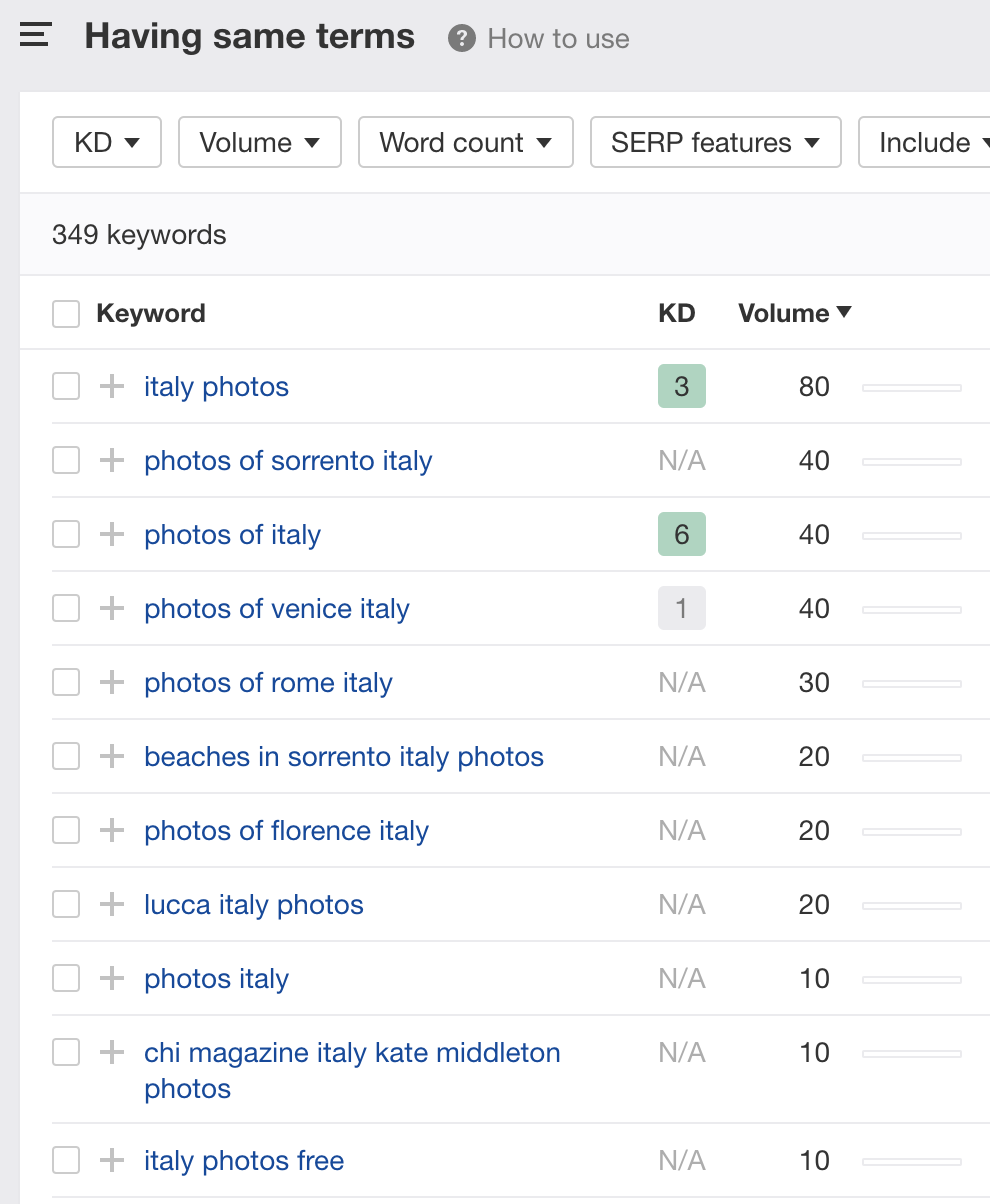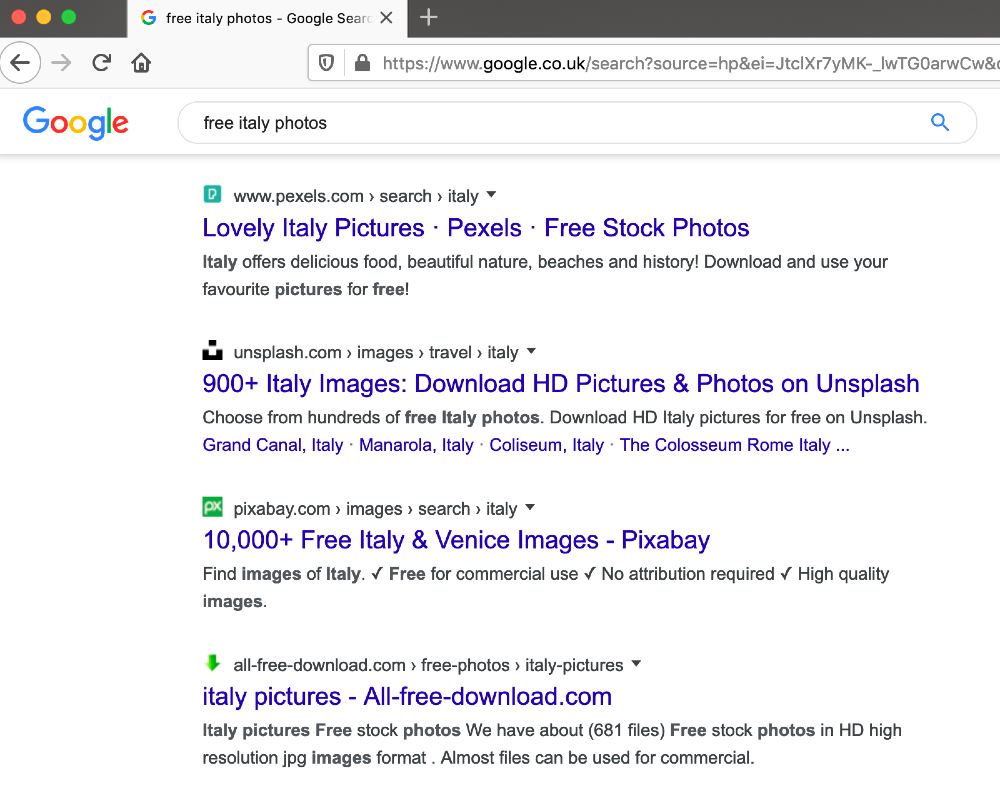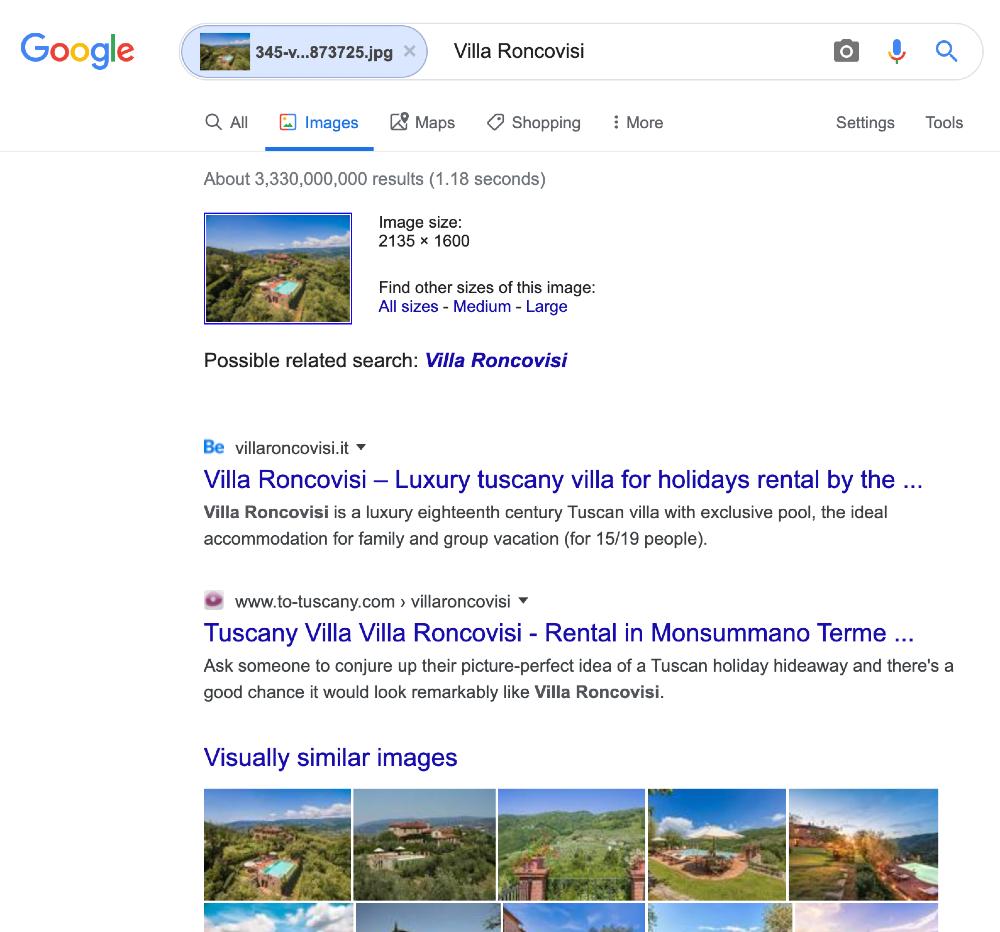27 Jan How to Use Stock Photo Libraries for Link Building via @seo_travel
Building links is one of the most challenging areas in SEO, and building links on autopilot is nigh on impossible if you’re not a huge brand.
So when an opportunity comes along that allows you to do this it’s one to grab with both hands.
This is the experience I had when we came across link building with stock photo libraries.
It combined two of the biggest challenges we face; building links and finding good photos for blog content we write.
As an agency that focuses on working with small travel businesses, we knew these were major issues that our clients and businesses like them faced too. Not to mention bloggers.
The idea is simple.
There are lots of stock photo sites out there but trying to find niche-specific images on those kinds of sites for free is very challenging.
Want a picture of a random beach? No problem.
Want a quality picture of the medina in Fez? Not so straightforward.
As experts in their field, our clients have lots of imagery of their specialist locations, so it made sense that they could become the image source for people who needed those kinds of pictures.
All we ask in return is a link to the source of the image.
The result: we help people find better images to use in their content, and in return, we get links coming to our site on autopilot.
There’s a bit more to it than that though, so here’s the exact breakdown of the process we follow.
1. Do People Need Your Images?
The first thing to ascertain is whether there is any demand for stock imagery in your niche.
In travel, we know that people are looking for imagery and you can usually swap the country or location and find people are still searching for images of those places.
However, in other niches, it might not be so clear-cut so it is certainly worth investigating to ensure it’s worth spending time and effort with this tactic.
To do that, simply head to your favorite keyword tool and do some searches for ‘TOPIC photos’. For example, ‘italy photos’.


Ideally, you’ll find search interest around that phrase and some variations of it.
If ‘free TOPIC photos’ is amongst them then even better as that is your perfect audience.
Don’t get too concerned if the volumes are low, the intent is so strong behind these phrases that you only need a small number of people searching it each month for it to pay dividends over the months and years that you have your library live.
2. Check the SERPs
Another good test to do is to look at the search results for these queries, click through to the websites ranking (which will usually be Pixabay, Shutterstock, etc.) and see how good their range of imagery is.
If it is of similar quality to the kind of library you could create then it may be a warning sign that it might not be worth investing time and effort into this tactic.
However, in most instances, I would expect that you can come up with a much better selection than the usual stock sites.
With your expertise in your own industry, you will know the kind of images you are regularly searching for and you can cater to that need.


3. Source Images
Once you’ve identified that it is worth proceeding with this approach the next job is to ensure you have images you can use to create your stock photo library.
As our clients are in the travel industry and many are destination specialists they have easy access to imagery and usually have it already.
However, if you don’t already have the images it could be worth investing in a photographer or a trip yourself to get some quality images.
The return on investment over the long term will probably still work for you as you wouldn’t just be getting images to use for a link building tactic, you would be getting images for yourself too that you would otherwise have to pay for in some shape or form.
4. Create Your Library
Depending on how your website is built, this is an area that could stop this tactic in its tracks.
If you have a bespoke site and need developers to spend lots of time building something from scratch it could end up being too expensive to implement.
However, if you’re on a platform like WordPress then there are lots of easy plugin options out there to create a Gallery page that has everything you need.
The most important features of the page are:
- People can download the image in high quality there and then.
- You can write some blurb on the page explaining that people need to link back if they use one of your images.
- You can add a caption to images explaining what each one is.
Remember, the better your images are and the more different you can make them to the usual run-of-the-mill stock sites the better.
5. Get the Page Ranking
This is crucial!
It is the element that will make or break whether you get links on autopilot.
You need to ensure your page ranks for the phrases you identified in stage 1 above so people find your gallery alongside the other big stock sites.
It might be scary looking at the domain rating of these sites and you may think it’s impossible to compete, but we’ve found that with a smaller niche site, a niche gallery on a page that is well-optimized can rank on Page 1 without a high domain rating.
The key here is to ensure you have all your on-page elements set up to perfection as well as having a good range of quality imagery. If you do that you have an excellent chance of hitting Page 1.
Once the dust settles, if you aren’t on Page 1 then it might be worthwhile actively building some links to your gallery to try and give it an extra push to get it ranking.
Another alternative is using PPC to bid on these phrases to get visibility for your gallery. These will be cheap clicks, and if you track your ad spend closely then you can work out if it is worthwhile for the cost/link rate you see.
6. Get Images Ranking
Naturally, people will also be looking in Google Images for imagery so it’s important to ensure you are well-optimized at image level as well.
To do this, ensure:
- URLs use keywords to describe what is in the image, not just the camera filename (e.g., st-peters-basilica-dome.jpg not IMG_0123.JPG).
- You include alt text which describes in more detail what is in the image.
- You use image sitemaps.
- You optimize thumbnails.
7. Don’t Forget Video!
All the references above have been to images, but naturally, there is also a lot of scope to apply this to video, too.
The same challenges apply with stock video being expensive.
So if you can create and offer good quality video clips then this will also increase your chances of getting more links from this approach.
8. Keep Track
In most instances, I like to think positively about human nature and trust that people will always do as requested and link back to you when they use your image.
However, there may be occasions when people overlook your request or “forget” to include the attribution.
To ensure you get what you deserve for offering up your images for free, you can track where your images appear online, and if you find examples without attribution then you can contact those people and politely ask them to add a link in.
You can do this on a manual one-by-one basis using reverse image search in Google, or you could invest in some software like this that allows you to do it in bulk.


Once you’ve followed those steps you should be in a place to see links flowing to your site.
In Summary
Don’t expect a deluge of links. However, over time, a stock photo library can help you develop a strong link profile and get links from sites that wouldn’t otherwise be possible.
And don’t limit yourself to one gallery!
If the tactic works for you, identify other searches people are carrying out when they look for stock imagery and use that to create lots of niche image directories that will help you scale this approach.
This isn’t a tactic that will work for everyone, so I strongly recommend doing the keyword research around your niche to see if there are people looking for images to use.
If they are, there may be a perfect gap waiting for you to fill, yielding lots of juicy links in return.
More Resources:
- Image Link Building: How to Use Visual Content to Earn More Links
- Link Building for Beginners: How to Get Started
- Link Building in 2020: How to Acquire & Earn Links That Boost Your SEO
Image Credits
Featured Image: Created by author, January 2020
All screenshots taken by author, January 2020
Sorry, the comment form is closed at this time.